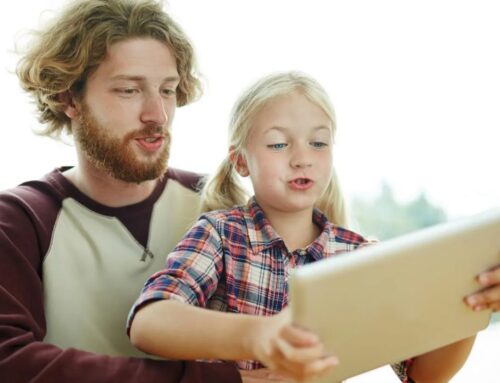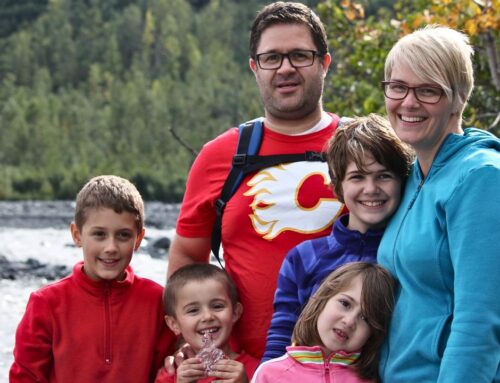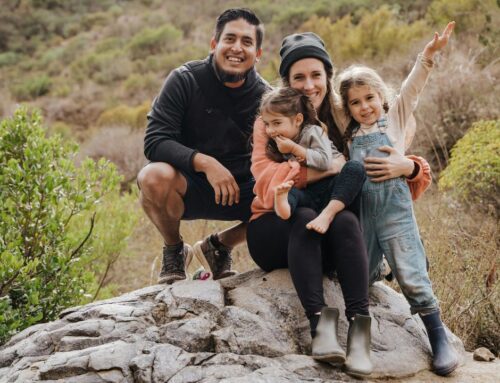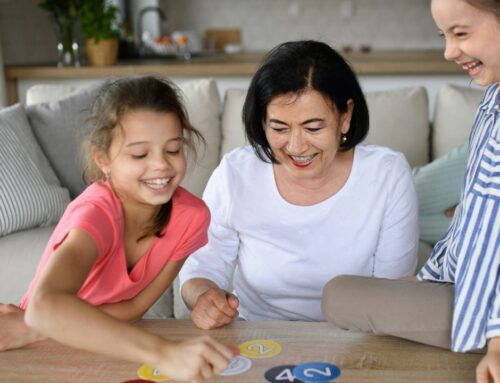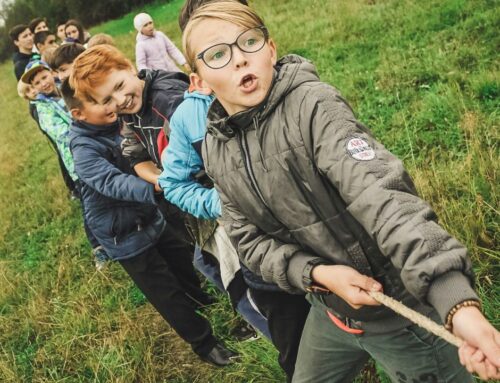By River Meyer, SelfDesign Director of Organizational Learning and Culture
This is the seventh article in a series exploring the SelfDesign philosophy.
I have always found that parenting skills require ongoing navigation. They are rarely a straight-ahead course. In my interactions with my child during her younger years, I would often need to adjust and adapt my notions to the changing tides of her day, to wind and weather that might shift in each interaction with her. And even though my daughter is now grown, I still try to navigate my parenting path with careful awareness of her present state.
One essential, however, has remained the same through time. It’s what I call “holding the long goal.”
 The long goal serves as a compass for me, always. I hold it as central and try to maintain it in any temporarily challenging moment I might have with my daughter, even as she journeys through her twenty-fifth year. The long goal continuously beckons me from a far horizon.
The long goal serves as a compass for me, always. I hold it as central and try to maintain it in any temporarily challenging moment I might have with my daughter, even as she journeys through her twenty-fifth year. The long goal continuously beckons me from a far horizon.
So what is the long goal? For me, it starts with understanding what I want most in my relationship with my child at the end of the day, all the way to the end of time.
I want joy, peace, and laughter between us. I want the harmony of our relationship to be the thing that matters above all else. Love is what I want to feel — and it’s what I want her to feel, too.
When the long goal is held foremost in my mind and heart, momentary upsets or even repeating areas of discord with my child recede into insignificance. I may stand in a zone of upset for a while, feeling all the associated emotions of frustration or disappointment, but remembering the long goal lifts my gaze and shakes me loose from my position. It’s as though I’ve been handed a set of binoculars and I am being directed to look “out there” toward the seemingly distant point that is my desired destination.
By reframing the situation through the perspective of the long goal, I can once again return to my strongest desires for our relationship. I can ask myself, “What is more important than this temporary issue?”, and I can consider what might result if I let difficult feelings remain between us, possibly defining who and how we are together.
Daily challenges can so easily take us off course and into territory of right and wrong, win and lose. If we as parents have taken a stance in a situation with our child and are concerned that we risk our authority by stepping back or negotiating, we might tend to hold onto that position at all costs. Anger and frustration become the primary emotions in the room – for both parties.
In order to regain my fundamental intention, I must step back, breathe, and remember my long goal. I want to be curious about my child’s position and look for joining places. I hope to seek common ground rather than focusing on our positions of discord. I need to clear my head of the internal noise that bubbles up when our conversation veers into stormy waters, interrupting clear thinking and open communication.
Can I set aside my need to be right or to be seen as the authority? Of course, I can.
Do I want my daughter’s eyes to shine when she thinks of me and of our times together? Always.
Can I focus on my aspirations for our relationship and let the rest go? Absolutely.
 Holding the long goal has helped me create a connection with my child that cannot be broken no matter how it is tested. In my experience, it is perhaps both the easiest and the most challenging thing for any parent to accomplish. At centre, it involves maintaining the desire for a positive partnership and cultivating a willingness to set aside personal obstacles that can get in the way.
Holding the long goal has helped me create a connection with my child that cannot be broken no matter how it is tested. In my experience, it is perhaps both the easiest and the most challenging thing for any parent to accomplish. At centre, it involves maintaining the desire for a positive partnership and cultivating a willingness to set aside personal obstacles that can get in the way.
The long goal supports building a relationship that is based in mutual respect, trust and love. Isn’t that the end result we seek? To have authentic influence “with” rather than “over” our children is the horizon image we can always preserve.
This intention can carry us through a child’s periodic struggles around independence, and it can stand the test of time as our bond with them extends into the future. No matter the age of our child, we will always be their parent, and by holding the long goal we will walk hand in hand as we continue the journey together.
In my own life, the moment I re-awaken my awareness of my long goal, it envelops any turbulent incident that can feel overwhelming. It calms my choppy seas and provides a guiding light. The lantern of a loving relationship becomes all that I can see – and I navigate toward it.
Holding the long goal is an essential perspective that unfailingly works for me. I hope that having a long goal may be helpful to you as well.
This topic, as well as others offered in this blog series, is discussed in more detail in the SelfDesign Path course, a resource available to parents and guardians with children enrolled in SelfDesign® Learning Community, and to educators in the program.
Diving into SelfDesign Philosophy: A seven-part series
Diving into SelfDesign Philosophy: Part 1– Being present in today’s world
Diving into SelfDesign Philosophy: Part 2 – Being curious
Diving into SelfDesign Philosophy: Part 3 – Setting the stage for relational learning
Diving into SelfDesign philosophy: Part 4 – Cultivating mutual respect
Diving into SelfDesign philosophy: Part 5 – Modelling and mentoring


